Bodyweight exercises: How to build muscle without equipment
An exercise physiologist offers advice on how to correctly perform bodyweight exercises.
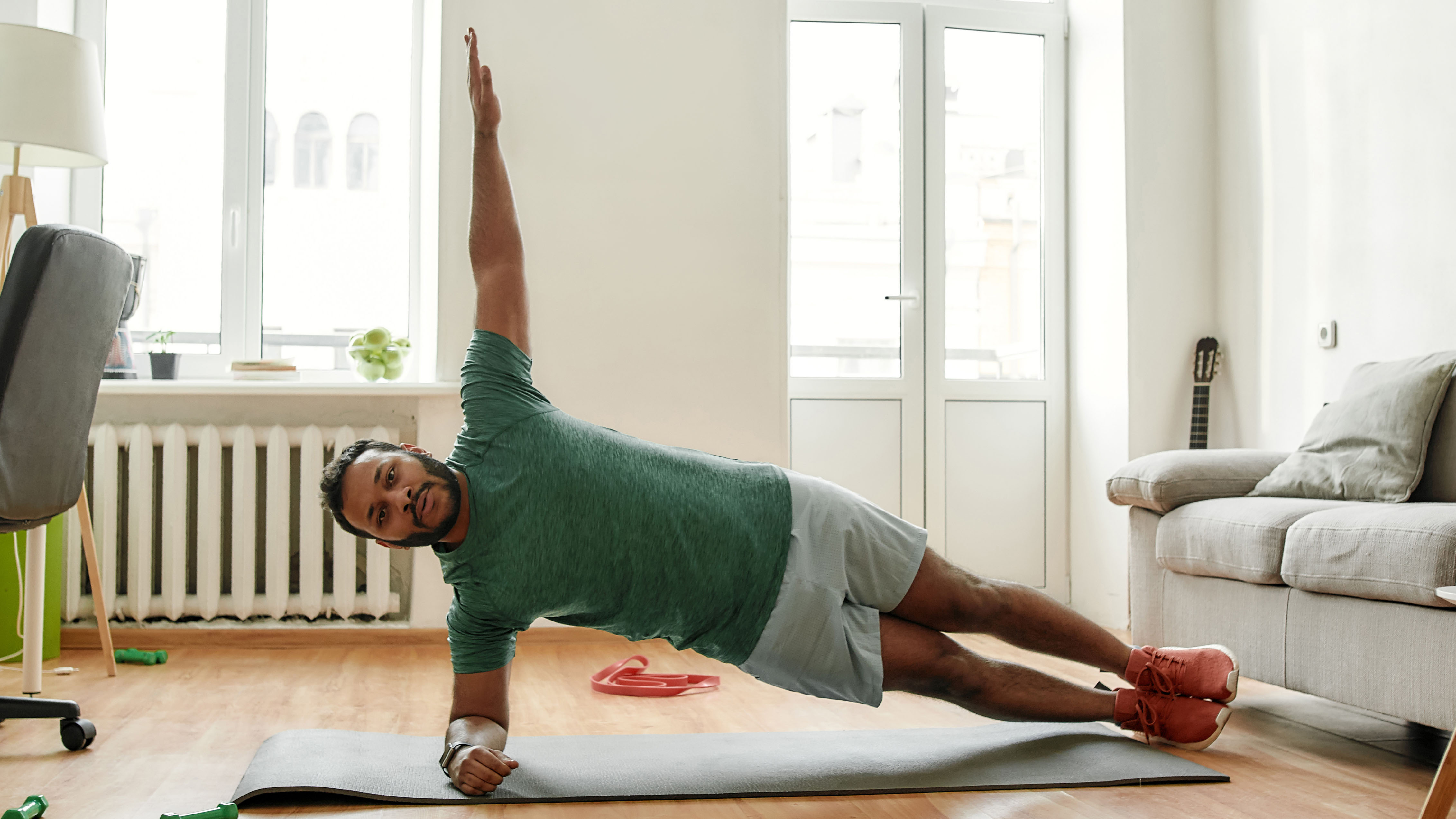
If you’re looking to build muscle or improve your fitness, you can’t beat bodyweight exercises. Simple moves like push-ups and squats can be extremely effective (and challenging) and can save you the cost of an expensive gym membership. And while you might see faster muscle gains if you're lifting heavy things in the gym, there's evidence to show that bodyweight exercises are sufficient to improve strength.
For example, a recent study published in the Journal of Strength and Conditioning Research found that a series of progressive push-up challenges resulted in notable strength gains in men after just four weeks. This was compared with a control group of people doing bench-press exercises.
If you're keen to accelerate your fitness journey, you could add some of the best adjustable dumbbells into your routine. But if you're trying to get fit on a budget, these exercises offer an excellent place to start. We spoke to exercise physiologist Emma Holding to get some tips on the best bodyweight exercises and advice on how to do them.
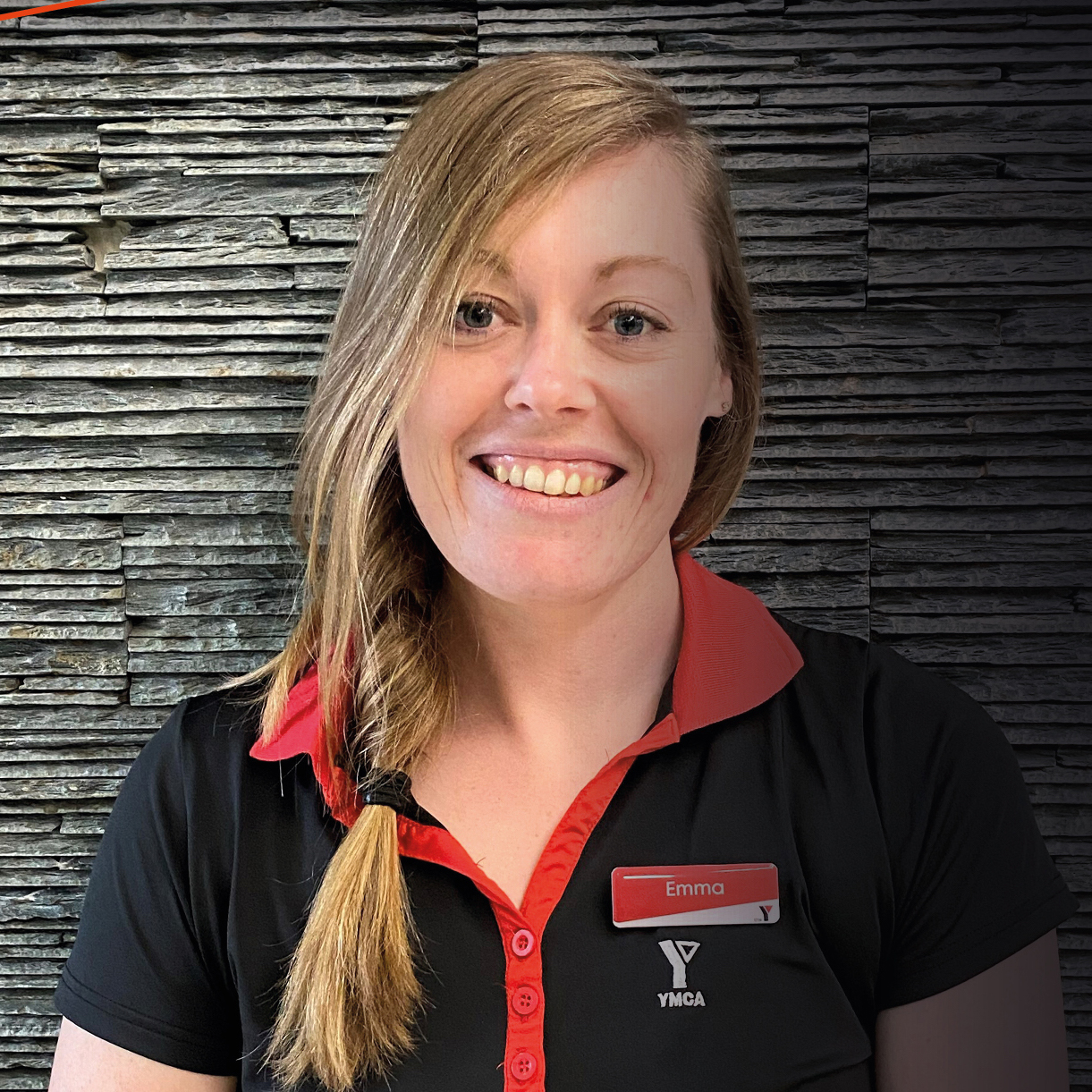
Emma Holding is an accredited exercise scientist, personal trainer, and strength and conditioning coach with the YMCA. She has a Bachelor’s of Exercise and Sport Science and is also an athletic development coach for elite level swimming, currently working with Olympic athletes in training. Emma specializes in female strength training, athlete development, and high performance training.
Push-ups
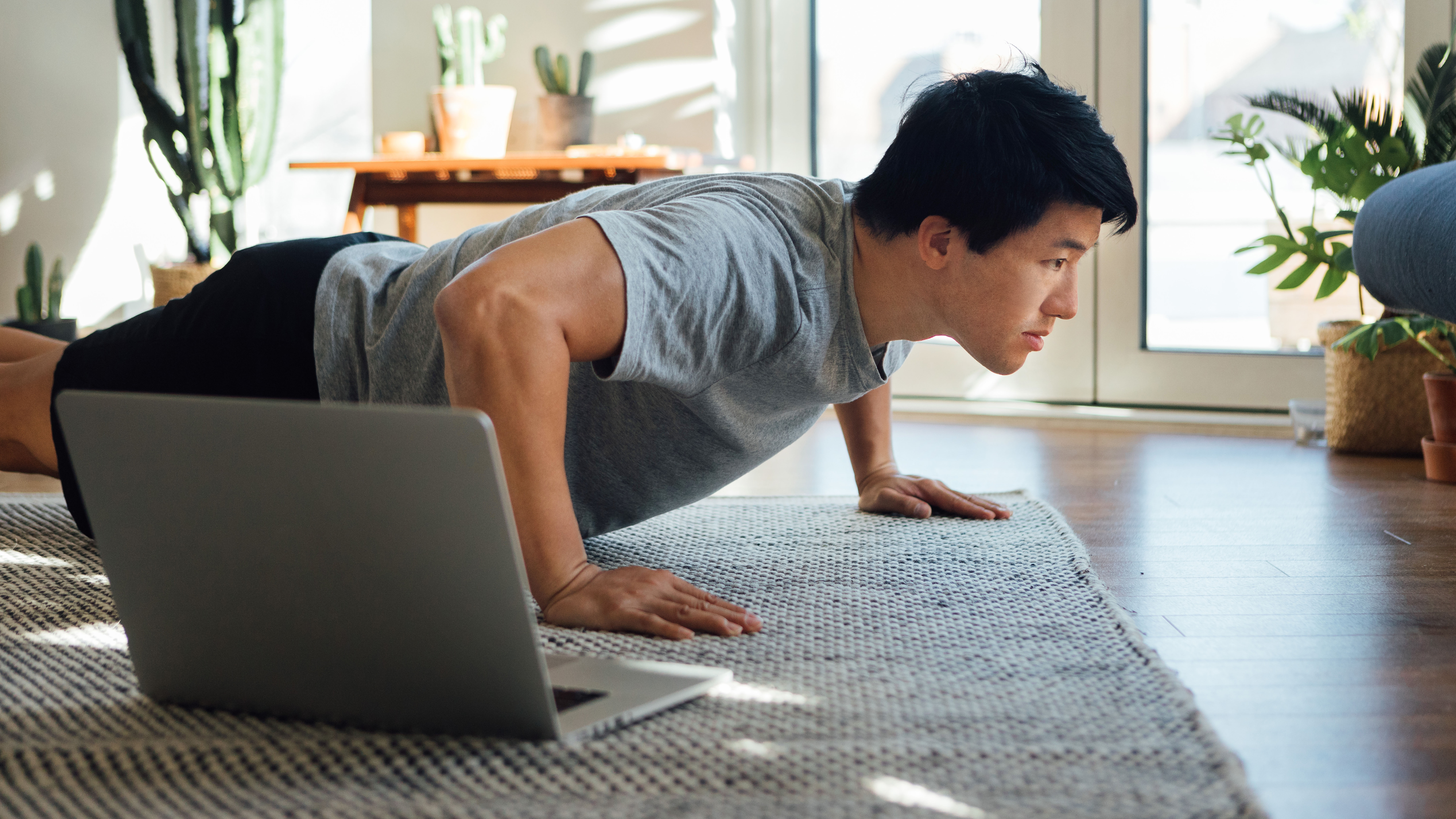
Push-ups are great for upper body strength, as they build muscle in the shoulders, triceps, and chest. If you're doing them correctly, you should find that your core engages throughout the movement too.
How to do it
1. Position yourself on all fours, with your hands just slightly wider than your shoulders and your legs stretched out behind you, balanced on your toes.
2. Keep your arms and legs straight.
3. Bend your elbows and lower your body to the floor—it’s ok if you can’t go all the way.
4. Straighten your arms to return to the starting position.
5. Aim for 3-4 sets of 10 push-ups each time.
Expert tips
Want to ensure you’re doing a perfect push up? YMCA Brisbane Exercise Physiologist Emma Holding says, “Ensure you’re getting as low as possible to work your pecs through their full range of motion. If you’re struggling to do a push up on your toes, try putting your hands on an elevated surface [like a bench] and over time, work your way down until you can perform them on the floor”.
Plank
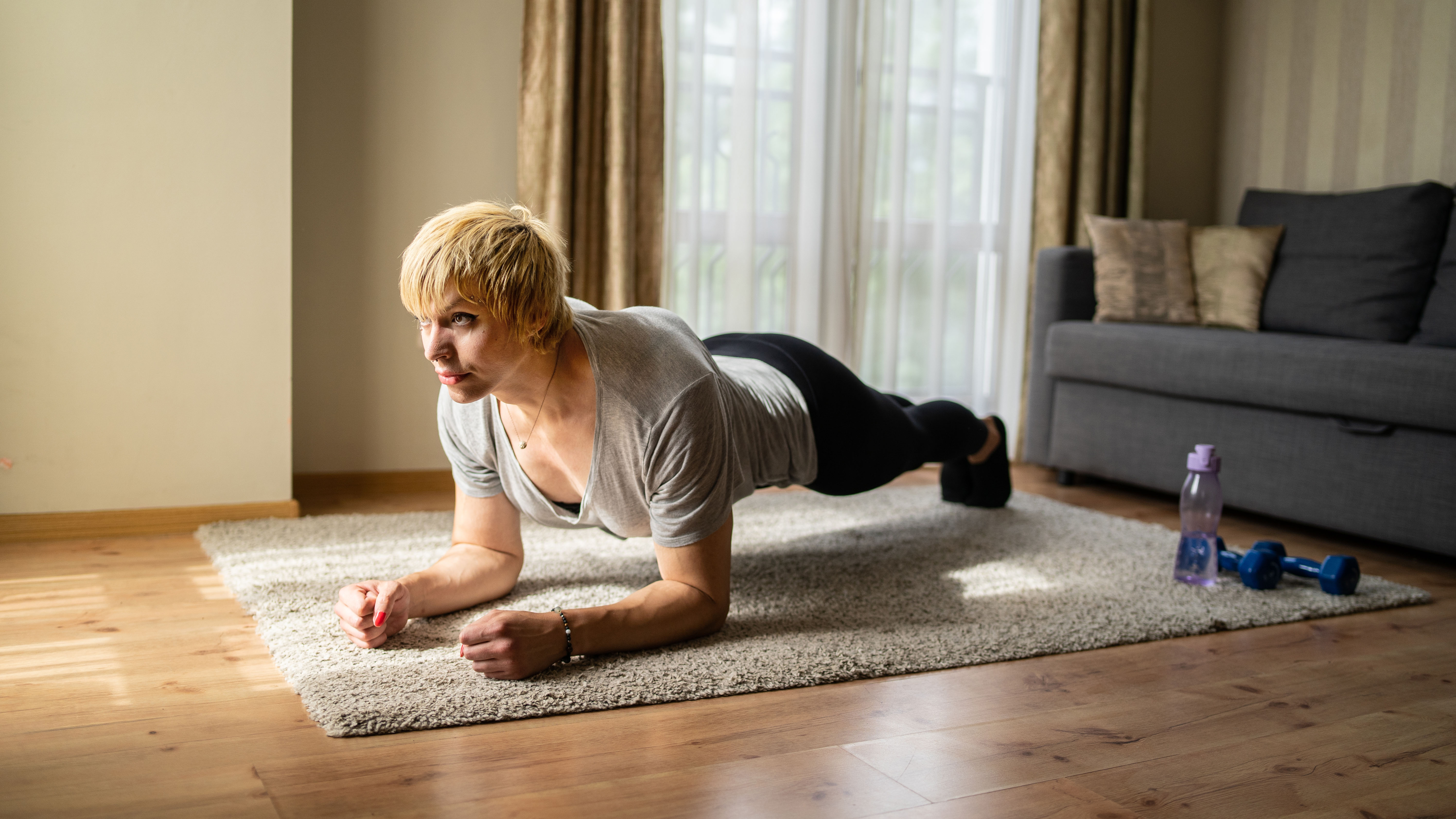
The plank exercise can strengthen both your spine and abdominal muscles, which is great for improving your posture and balance. Aim to hold each plank for 10-30 seconds, increasing your hold time as you build endurance.
How to do it
1. Start in the same position as your push-up, but this time place your forearms on the ground with your elbows below your shoulders.
2. Tighten the core and keep your back straight as you hold the position, remembering to breathe.
3. Repeat.
Expert tips
“To get the most out of your plank, focus on keeping a nice straight line between your shoulders and your toes, not letting your hips lift too high or sink too low. Engage your core by pulling your belly button towards your spine”, explains Holding.
Squats
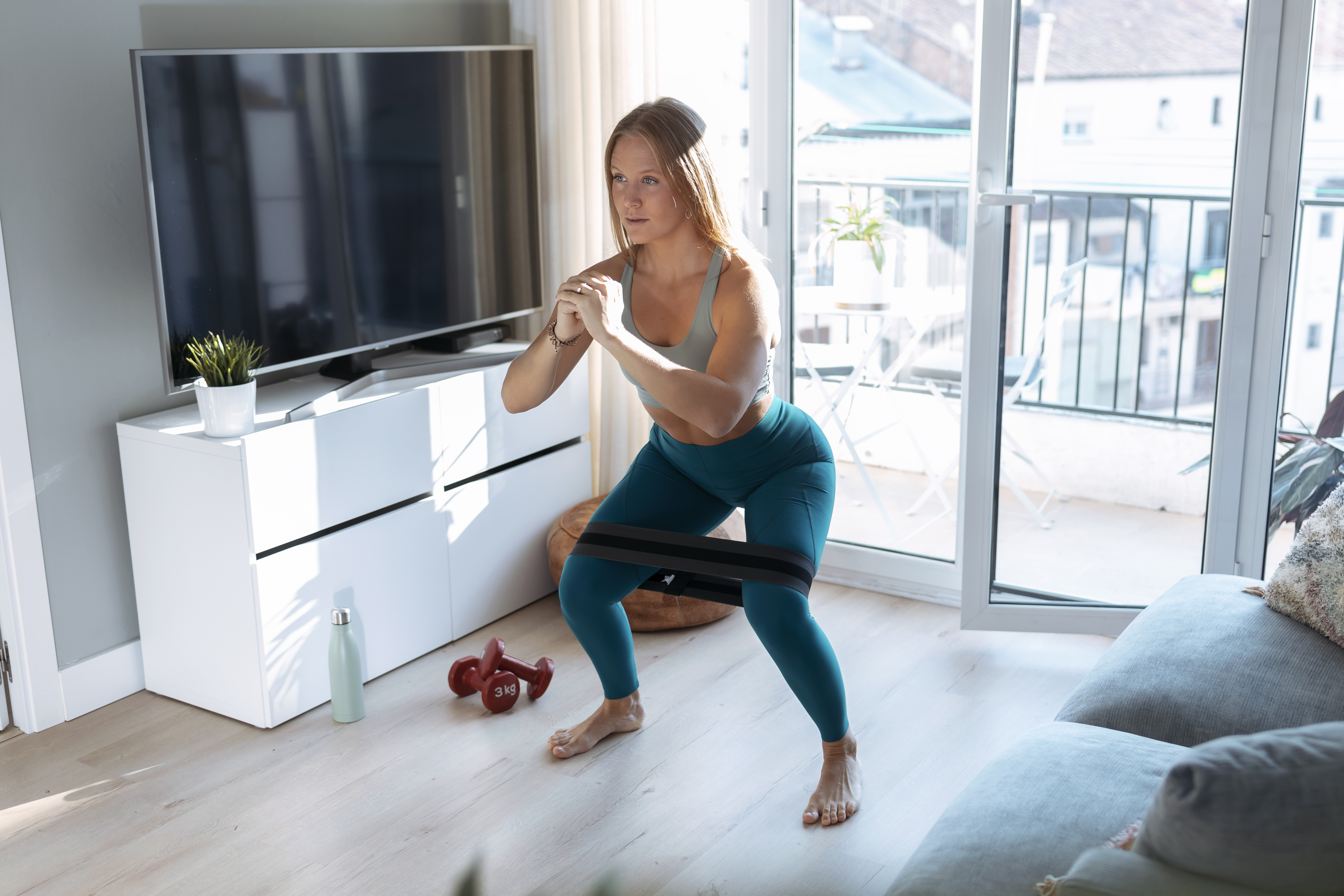
Bodyweight squats are great for increasing lower body strength, but they can also help with mobility and improve your balance. It's a compound move, which means that it works a lot of different muscle groups.
How to do it
1. Stand tall with your feet hip-width apart and turn your feet slightly out.
2. Bend your knees and drop your hips to lower your body towards the ground, as if you were going to sit back into a chair. Aim to get your thighs parallel to the ground, but it’s ok if you can’t go that far.
3. Pause for a second at the bottom and then return to your starting position.
4. Aim for 3 sets of 12-15 squats.
Expert tips
While you want to get as long as possible when squatting, Holding suggests “If you struggle to achieve this with your heels on the floor, try playing around with different foot positions—you can angle your toes out or move your feet wider to see if this helps find a position that is more comfortable for you”.
You can also use one of the best resistance bands to make the move more challenging.
- Read more: What are the benefits of squats?
Lunges
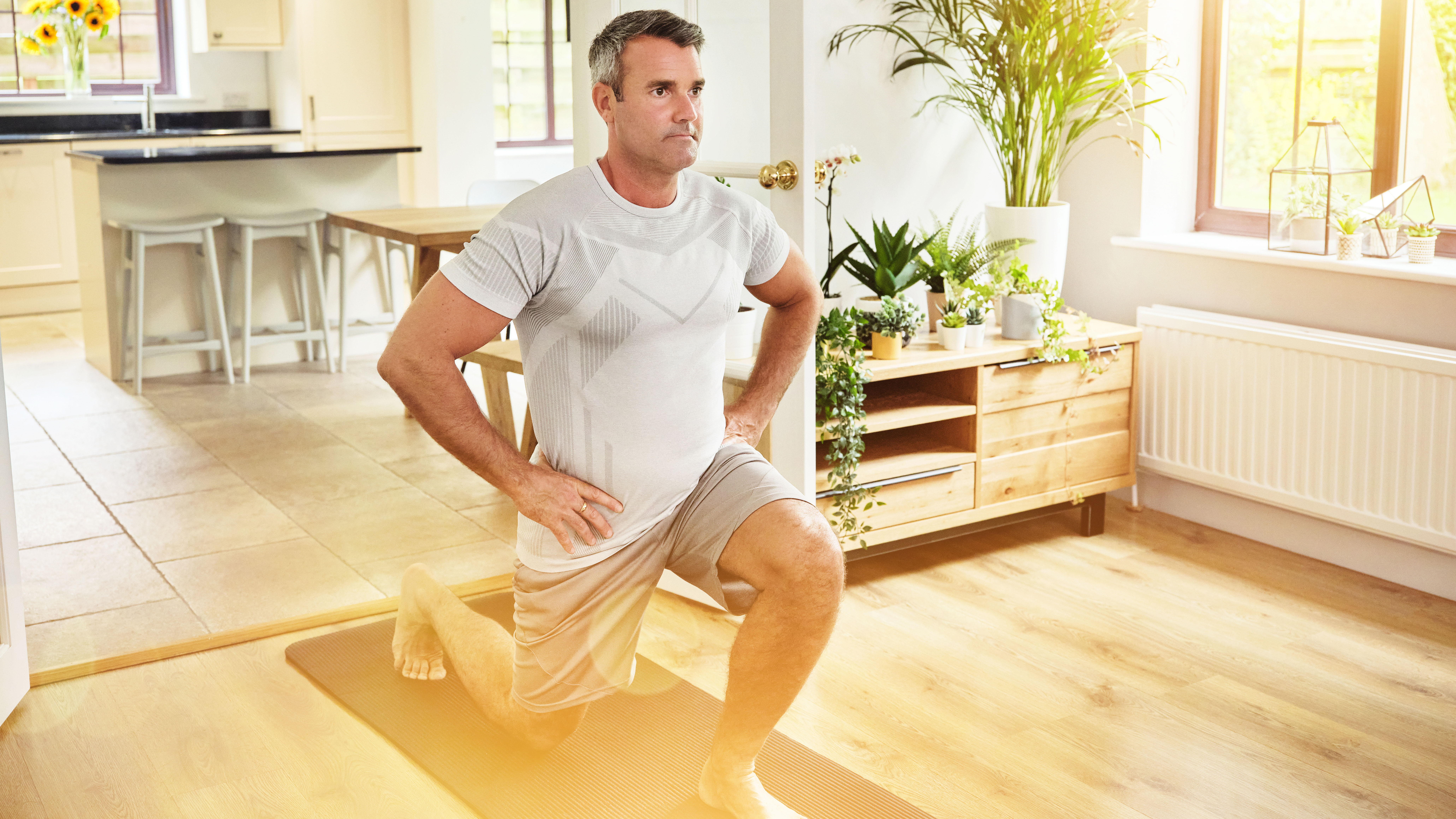
If you’re doing lunges correctly, you’ll engage your core, glute, and quad muscles. Doing regular lunges could also improve your balance and mobility.
How to do it
1. Start by standing tall with your feet hip-width apart.
2. Step forward with your right leg and bend both knees as close as you can to a 90-degree angle. Make sure your feet remain hip distance from one another.
3. With your weight on the front leg, bring yourself back to a standing position and repeat on the opposite leg.
4. Complete 4-5 sets of 8 lunges on each leg. You can also try a variation called a reverse lunge where you step back instead of forward.
Expert tips
To safely lunge, “Push through the heel of your foot for more stability. Keep an eye on your knees and make sure they stay aligned with your toes–it doesn’t matter if the knee goes over the toe, but ensure it doesn’t cave inwards as you step”, says Holding.
Burpee
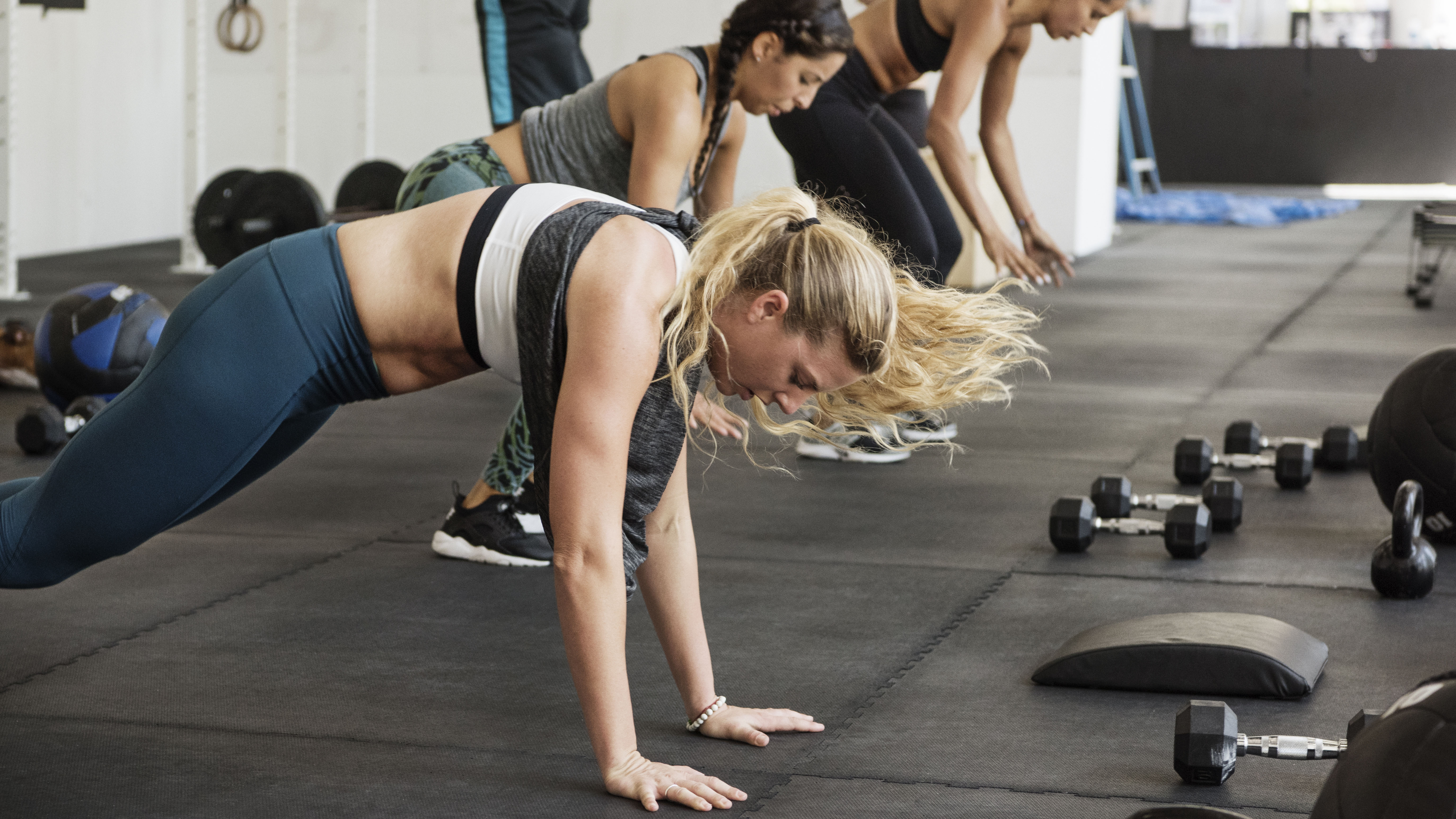
A burpee is a challenging bodyweight exercise that will build overall body strength, burn calories, and increase your cardiovascular fitness.
How to do it
1. Start by standing tall, arms at your sides and feet shoulder-width apart.
2. From there, move your body into a squat position all the way down to the ground, placing your hands on the floor.
3. Step back or jump your feet back into a plank position.
4. Bring your feet forward, returning to your squat, then jump up into the air and back to your starting position.
Expert tips
It may take a few tries to master the burpee. However, remember that you can always remove the jumps if they’re too hard on your joints. Burpees are intense, so start by aiming for 5 minutes of nonstop burpees per day, building up as you can. “The most important thing to remember is to keep good form and control of the movement, even when you’re exhausted at the end of your set!”, explains Holding.
After a few weeks of bodyweight exercises, your endurance might increase and you may feel stronger. If you want to keep improving your strength and building muscle, then you'll need to do a higher number of repetitions of each exercise. Read up on how to follow the progressive overload principle to make sure you don't plateau in your fitness journey.
As always, consult your doctor or an exercise specialist if you need help on how to safely incorporate bodyweight workouts into your fitness routine.
Sign up for the Live Science daily newsletter now
Get the world’s most fascinating discoveries delivered straight to your inbox.
Katie Dundas is an American freelance writer now based in Sydney, Australia, frequently covering topics relating to travel, lifestyle, technology, and the outdoors. When not writing, she’s an avid scuba diver, runner, and traveler—often with Apple, her dog. She’s written for a range of publications including Scott’s Cheap Flights, BBC, TechRadar Pro, and Fodor’s and runs a popular travel blog, The Accidental Australian. She’s also a member of the Australian Society of Travel Writers.











